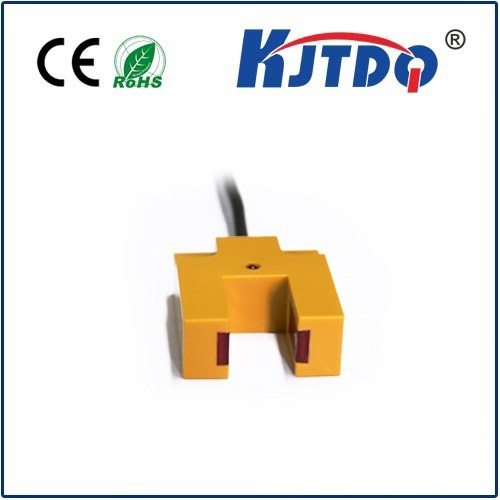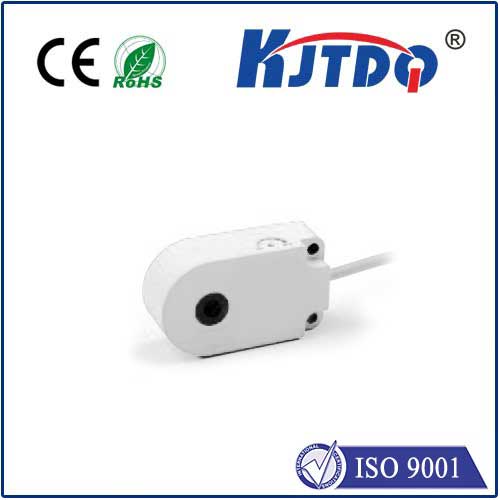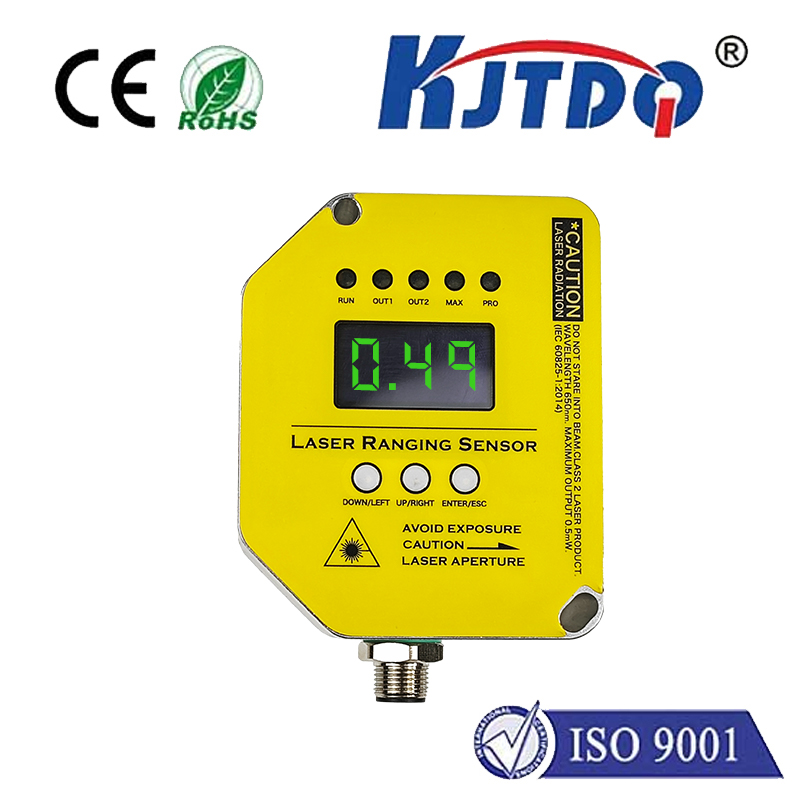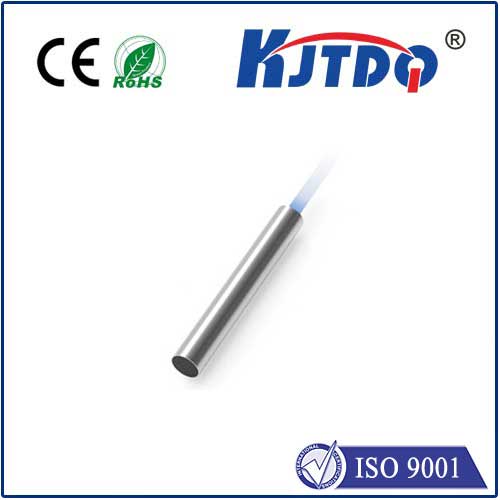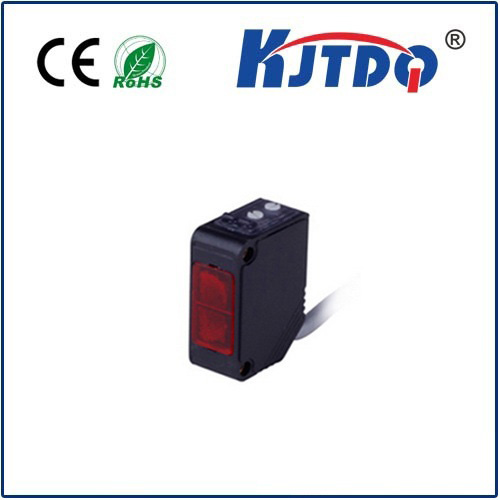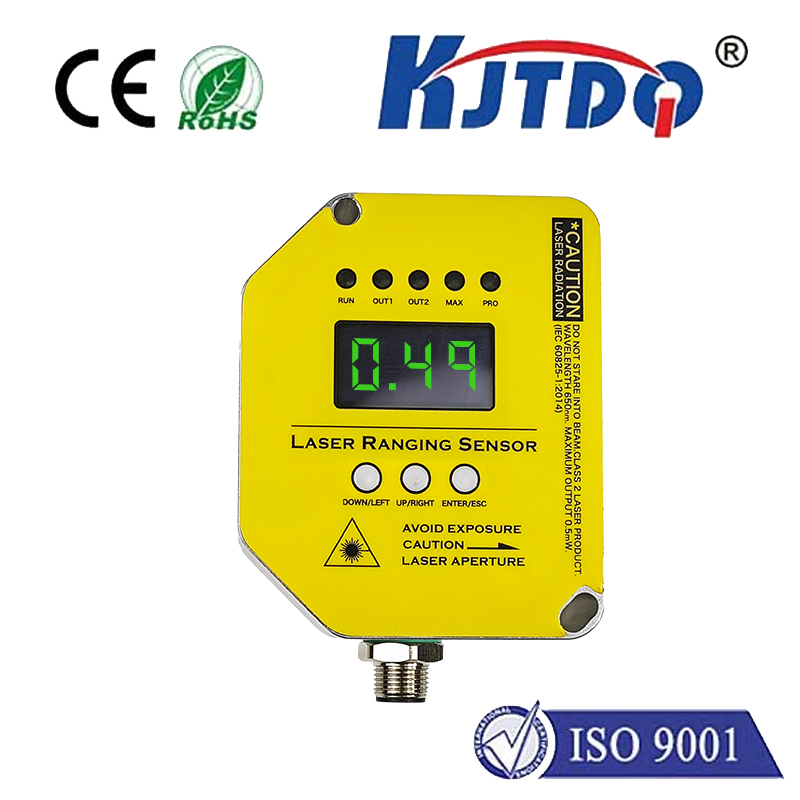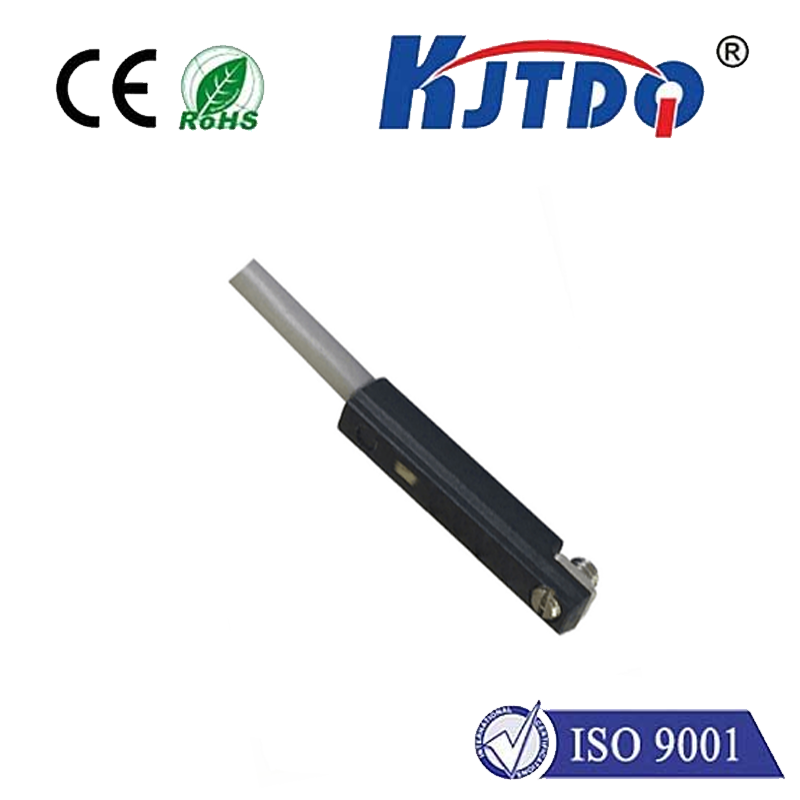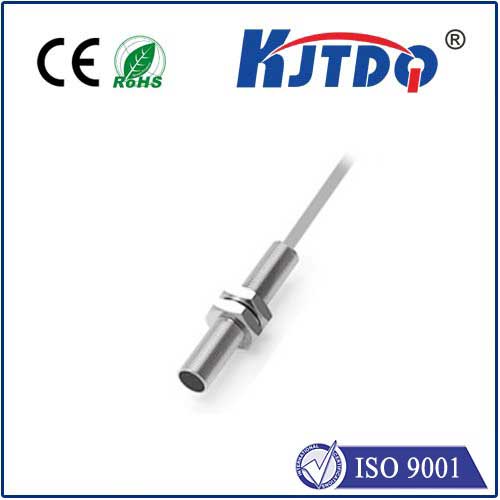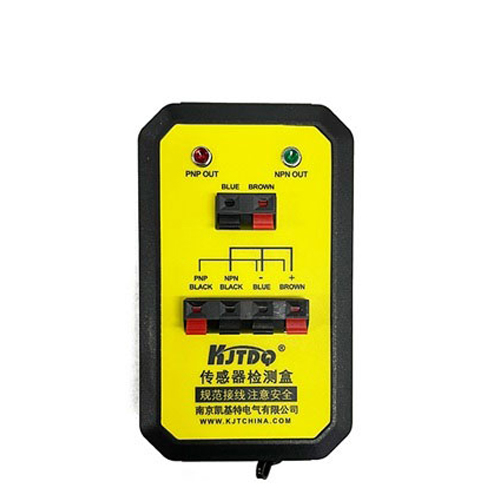

check

check

check

check

check

check

check

check

check

check
Digital Laser Sensor: Revolutionizing the Way We Detect Objects
In the fast-paced world of modern technology, innovation is key to staying ahead of the game. One area where this is particularly evident is in the field of sensor technology, which plays a crucial role in helping us gather information and make decisions based on that information. One cutting-edge sensor that has been making waves in recent years is the digital laser sensor. This device uses advanced laser technology to detect and measure the presence or absence of objects, with unparalleled accuracy and speed. In this article, we will explore the many ways in which digital laser sensors are revolutionizing the way we interact with the world around us.
At its core, a digital laser sensor works by emitting a laser beam of light that reflects off the surface of an object. Depending on the angle at which the laser beam hits the object, it can detect different properties such as color, texture, shape, and size. By analyzing these properties, the sensor can determine whether an object is present or not, as well as its distance from the sensor. This information can then be used for a wide range of applications, including automated manufacturing, inventory management, security and surveillance, and transportation logistics.

One of the main advantages of digital laser sensors is their high level of precision and efficiency. Unlike traditional optical sensors that rely on photodiodes or other complex components to capture light, digital laser sensors use a single integrated circuit to produce and process the signal. This means that they are much more reliable and consistent in their performance, with fewer errors and faster response times. Additionally, digital laser sensors can operate in a wider range of environments than traditional sensors, from bright sunlight to total darkness, without compromising on their accuracy or sensitivity.
Another advantage of digital laser sensors is their flexibility in terms of customization and adaptation. Because they are digital devices that can be programmed and reprogrammed easily, manufacturers can create sensors that are tailored to specific applications and requirements. For example, a digital laser sensor could be calibrated to detect only certain types of objects within a certain range of distances, or to respond to specific colors or patterns. This flexibility enables manufacturers to produce highly specialized sensors that meet the unique needs of different industries and markets.
In addition to their technical advantages, digital laser sensors also offer significant economic benefits. By reducing the need for manual labor and other time-consuming tasks, they can help streamline production processes and improve overall efficiency. They can also reduce waste and downtime by providing real-time feedback on product quality and performance, enabling manufacturers to quickly identify and resolve issues before they become major problems. This not only saves money in terms of labor and material costs but also increases customer satisfaction by ensuring that products are of the highest quality.
Despite these impressive advantages, there are still some challenges that must be addressed before digital laser sensors can become mainstream across all industries. One major obstacle is the cost of manufacturing and installing these sensors on large scale, as well as the need for specialized training and expertise to operate them effectively. However, as research progresses and costs come down, it is likely that digital laser sensors will become increasingly common in a wide range of applications over time.
In conclusion, digital laser sensors represent a groundbreaking development in the field of sensor technology that has the potential to transform the way we interact with the world around us. By offering unmatched accuracy, versatility, and efficiency, they have already begun to disrupt many industries and open up new opportunities for innovation and growth. As we look to the future, it is clear that digital laser sensors will play an increasingly important role in shaping our societies and economies for years to come.
